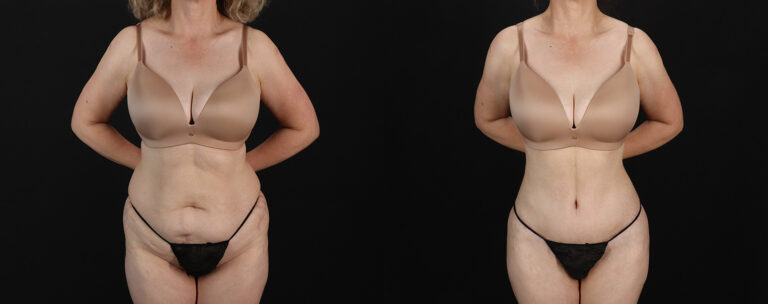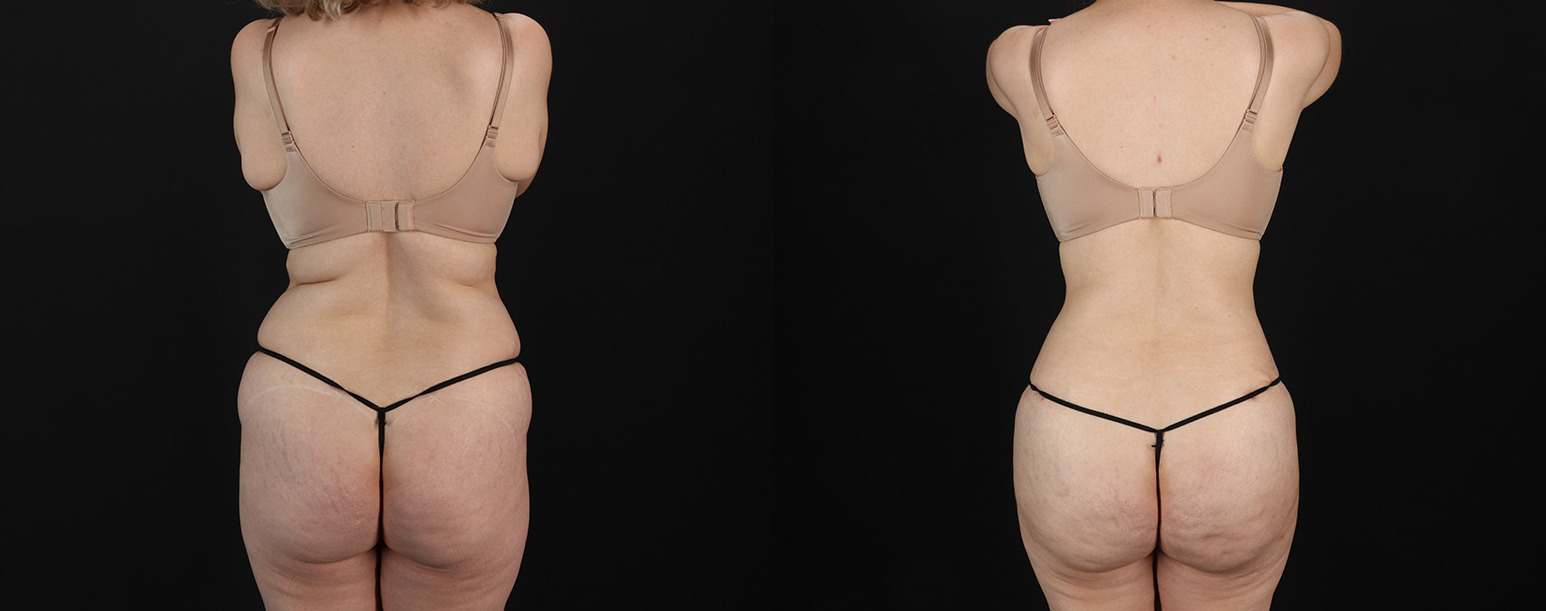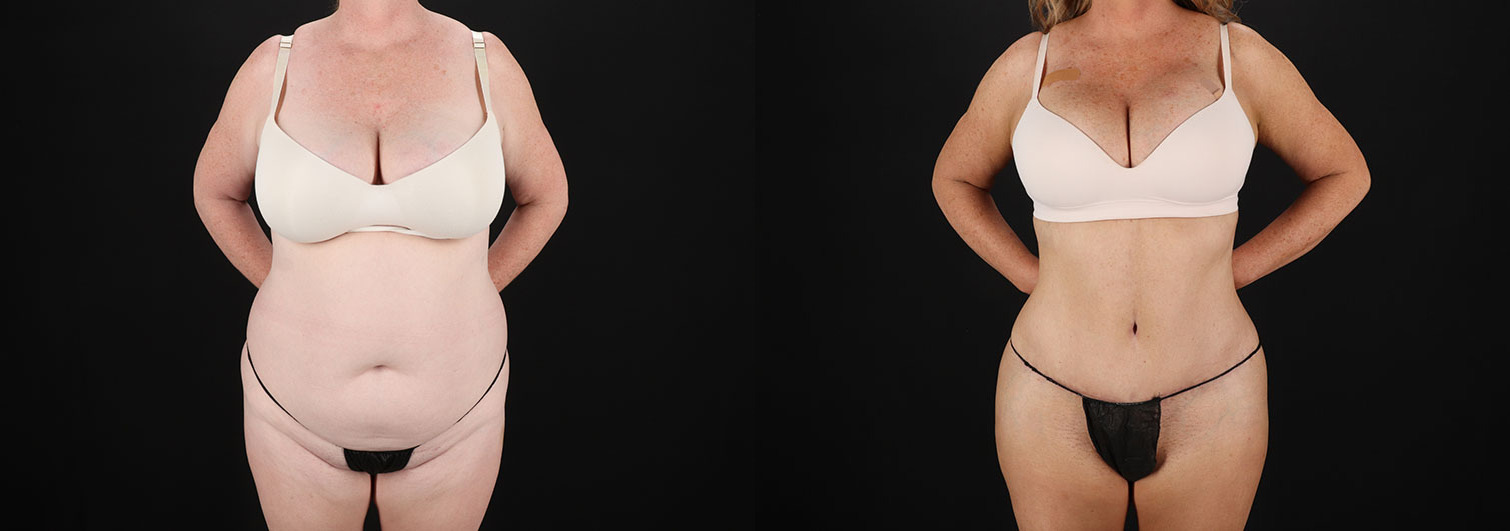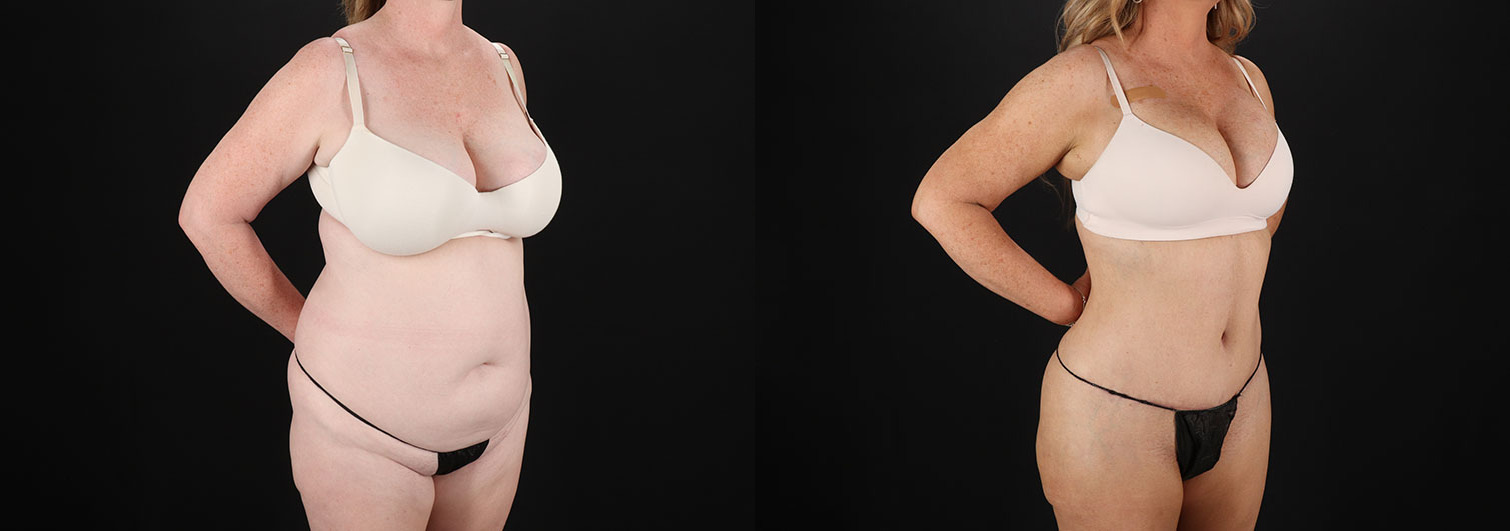 If you’re considering a tummy tuck, you might be a bit concerned about scarring. You want the surgery to flatten and restore your mid-section and don’t want a large, unsightly scar getting in the way of your new look. Here’s the lowdown on what to expect scarring wise. If you have any specific questions about tummy tucks, scarring, or some other procedure we offer, come in and talk with Dr. Sato.
If you’re considering a tummy tuck, you might be a bit concerned about scarring. You want the surgery to flatten and restore your mid-section and don’t want a large, unsightly scar getting in the way of your new look. Here’s the lowdown on what to expect scarring wise. If you have any specific questions about tummy tucks, scarring, or some other procedure we offer, come in and talk with Dr. Sato.
Location, Location, Location
A tummy tuck incision is made across the lower abdomen. For a full abdominoplasty the incision typically runs from one hip bone to the other. It is very low, usually around the pubic hair line. After the incision is made, Dr. Sato will remove excess skin and tighten abdominal muscles. Often stretch marks and scarring that you already have in the lower abdominal region can be removed or minimized during the procedure, improving the overall appearance of your skin quality in addition to reshaping the area.
During a mini tummy tuck the belly button remains attached and only the lower abdominal skin and muscles are tightened. In a full tummy tuck a secondary incision is made around the belly button. The belly button remains in place while the abdominal skin is redraped and is then reattached. Depending on the amount of skin removed there may be a short scar in the skin where the belly button was previously located; if the skin is sufficiently loose, this can be removed.
The Evolution of Your Scar
After your tummy tuck surgery your incision will transition through several different stages, each with its own unique look. Let’s take a look:
- Right After Surgery – Right after surgery your incision will be bright red and painful to the touch. Your abdomen will be bandaged and Dr. Sato will instruct you to wear a compression garment while you heal. It will take a week or two to return to work and longer before you’re feeling fully yourself again.
- During the First Year – Scars take time to fade, even after you’re fully healed. At first your scar will be quite red, but it will fade dramatically in the coming months. Most patients notice significant improvement in the appearance of their scars 6-12 months after surgery.
- After a Year and Beyond – Dr. Sato prides herself in leaving as little scarring as possible after surgery. Some scarring does typically occur after a tummy tuck, but most patients find that the improvement in their body shape is worth any scar that might occur.
Camouflage and Covering Up is Easy
One of the best parts of a tummy tuck scar is the ability to hide it. The incision is typically made very low on the abdomen (near the pubic hair line) and can often be hidden under swimsuits and lingerie. The specific placement of tummy tuck incisions helps to minimize the noticeability of scars. The scar around the belly button for example is camouflaged by the belly button and the lower abdominal scar typically hides easily under clothing. Yes, there will be a slight scar, but generally the aesthetic improvement a tummy tuck provides completely compensates for any scarring you might experience.
After Care is Essential for the Best Results
After years of struggling with a stretched out abdomen, the results from a tummy tuck can be breathtaking. And they can be permanent too, provided you take the proper care of your body after surgery. Dr. Sato recommends living a healthy lifestyle, including regular exercise once you’re healed, to help keep your abdomen in shape. Future pregnancies or large amounts of weight gain can stretch the abdomen out again, so wait for your procedure until you’re done having children.
Taking care of yourself right after surgery will also help you to retain the best results. Heavy lifting too soon can stretch the incision site and lead to more scarring and trouble healing. Follow Dr. Sato’s post-operative instructions closely for the best results and minimal scarring.
Are you ready for a flatter abdomen? Call us today and schedule your consultation with Dr. Sato.



